The leaves have begun to change to orange and yellow! The temperature has started to fall! You have begun to take out your hoodies and coats! It is the season to decorate your yard with pumpkins.
Start carving them and think about Halloween snacks and outfits. Trick-or-treating is right around the door. Halloween party games are in store! Do you ever think about Halloween's origins? Before the seventh century C.E., All Hallow's Eve initially fell on May 13th.
However, Pope Boniface IV decided to shift it to the fall, probably to balance the festivity with a religious celebration. In this article, I will tell you who initiated it, what it means, and how it relates to a pagan celebration.
Brace yourselves for a tonne more exciting details relating to the holiday!
Why is Halloween Celebrated on October 31st
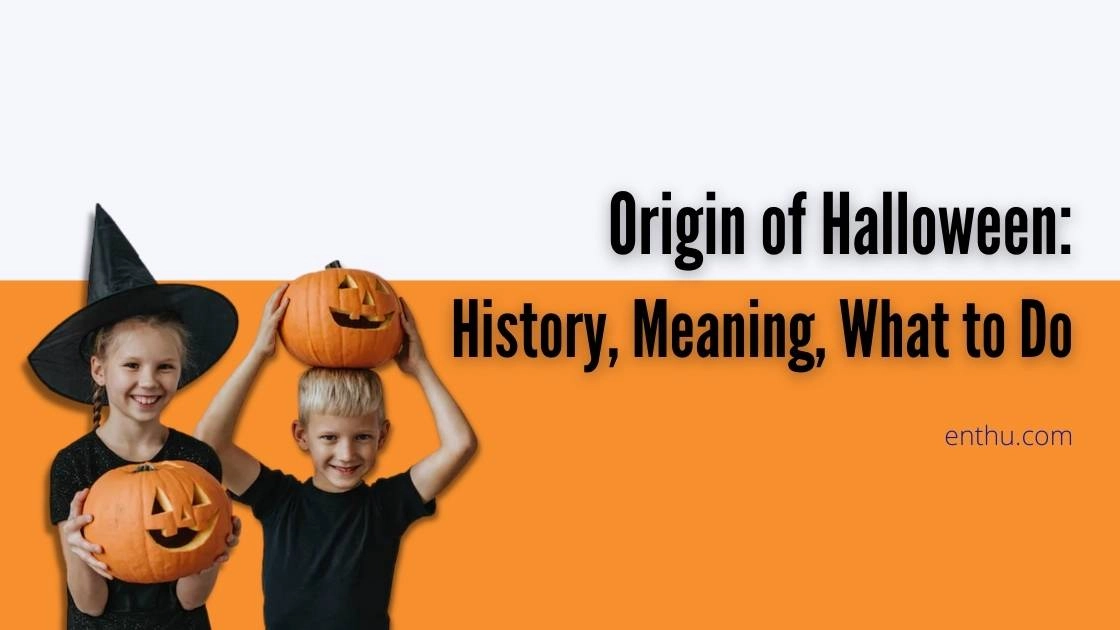
Did you know that Halloween, which translates to "hallowed evening," derives from All Hallows' Eve? Halloween is celebrated on October 31st since this date coincides with the historic Gaelic feast of Samhain, which is regarded as the origin of Halloween.
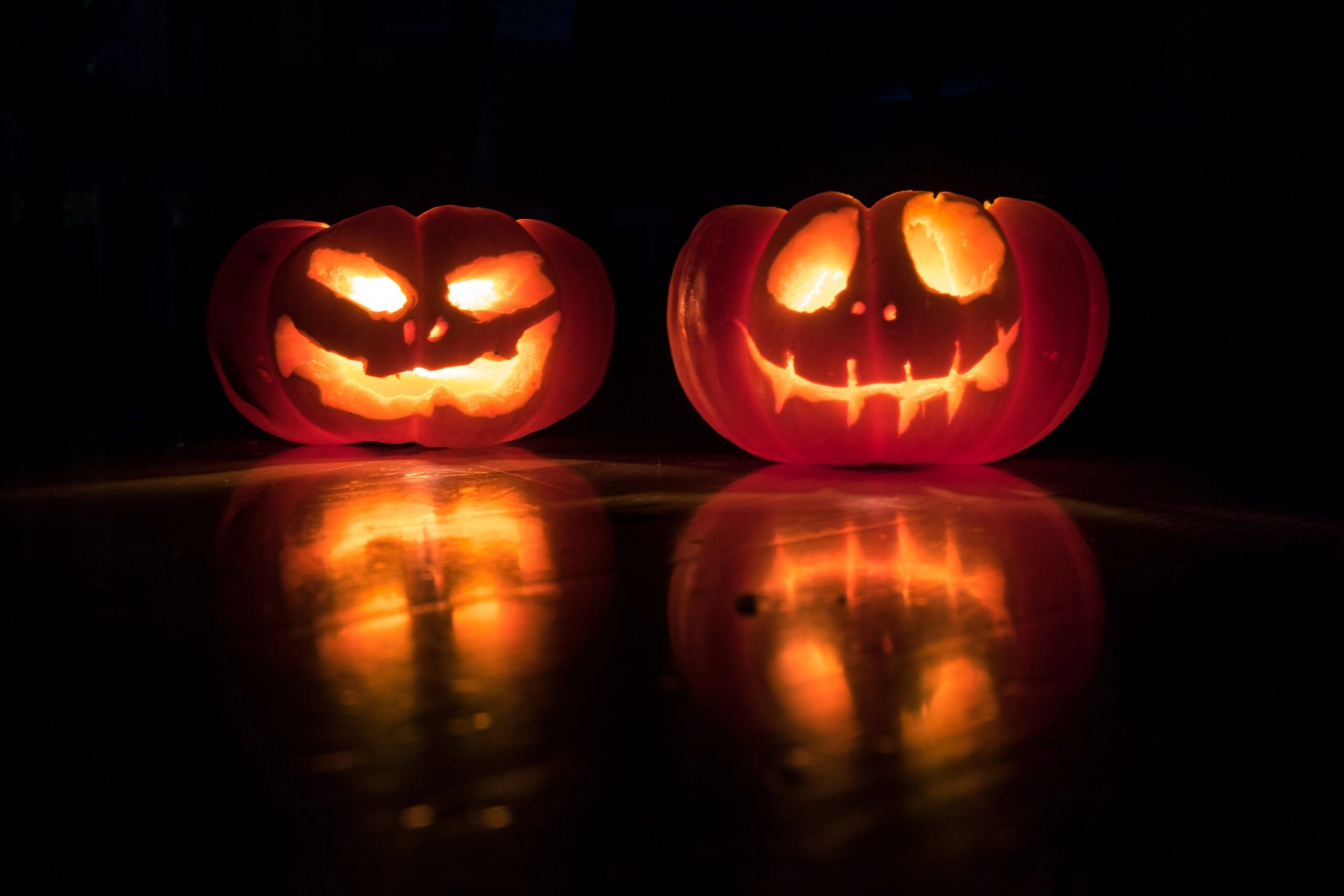
People thought the veil between this world and afterlife was fragile at this time of the year, allowing them to communicate with the dead. This notion is present in various other cultures.
A related concept is brought up during Yom Kippur. This Jewish festival falls in October and includes praying for the deceased.
1. Roman Origins
According to history, the Romans brought their autumnal festivities with them when they captured most of the Celtic lands in 43 A.D.
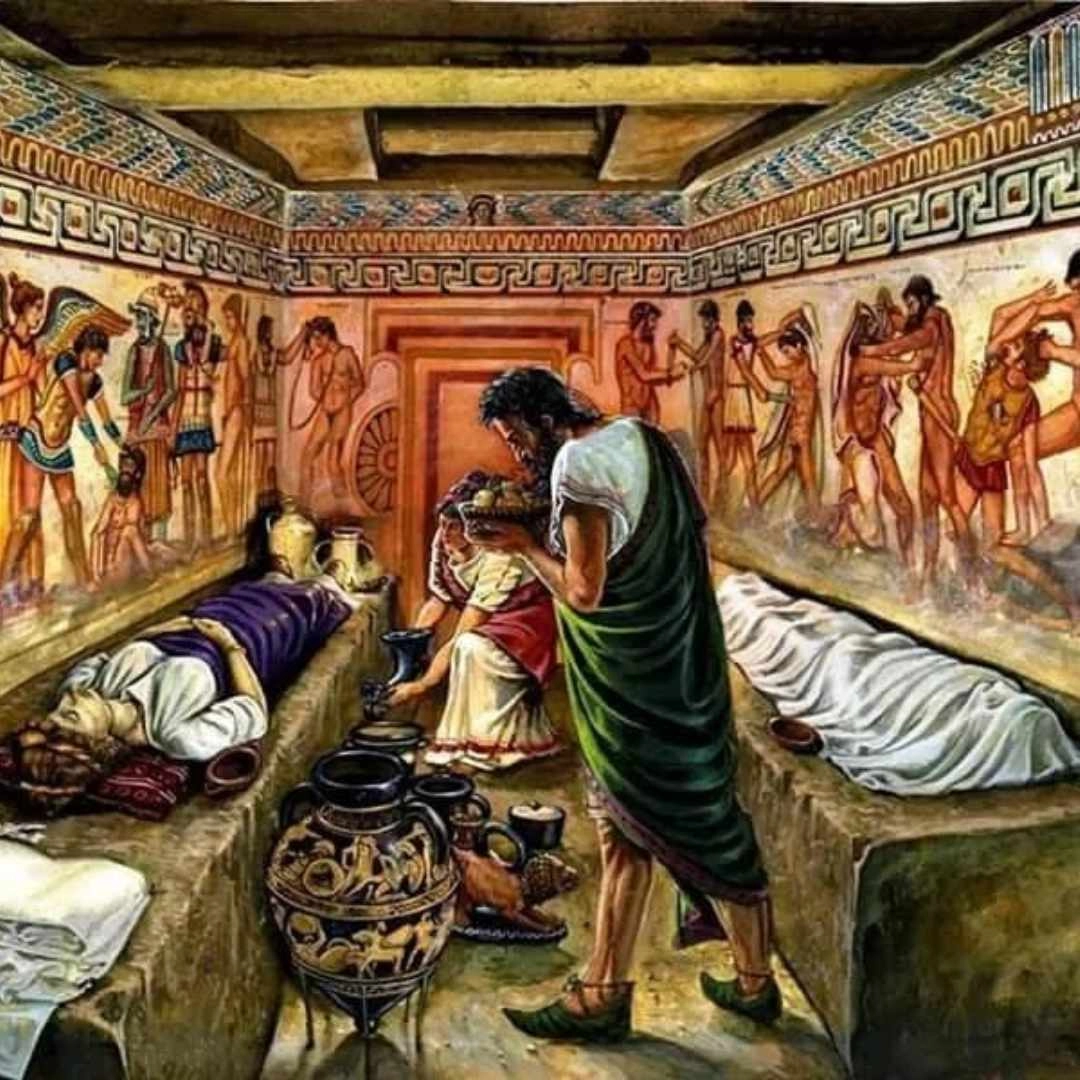
Halloween Activities
The Celts were polytheists. Therefore, the ancient pagan feast of Samhain included many ceremonial practices to create a connection with souls.

Although little is documented about these rituals, many people think the Celts cooked special meals, carved lanterns out of gourds, and dressed up for the occasion.
Their costumes were probably as basic as animal skins. Year after year, as Christianity spread, the pagan elements of the celebration were lost.
1. Fortune-telling
The ancient spiritual Celtic rites have paved the way for more festive fun and games. For instance, the more comical theme of fortune-telling is used in place of serious rituals of talking to the buried.
On All Hallows' Eve, for instance, the "bob for apples" game gained popularity as fortune-telling. Apples would be chosen to represent a lady's admirers.
Here, the gentlemen would be the apple. Whichever apple she would bite will indicate her future spouse.
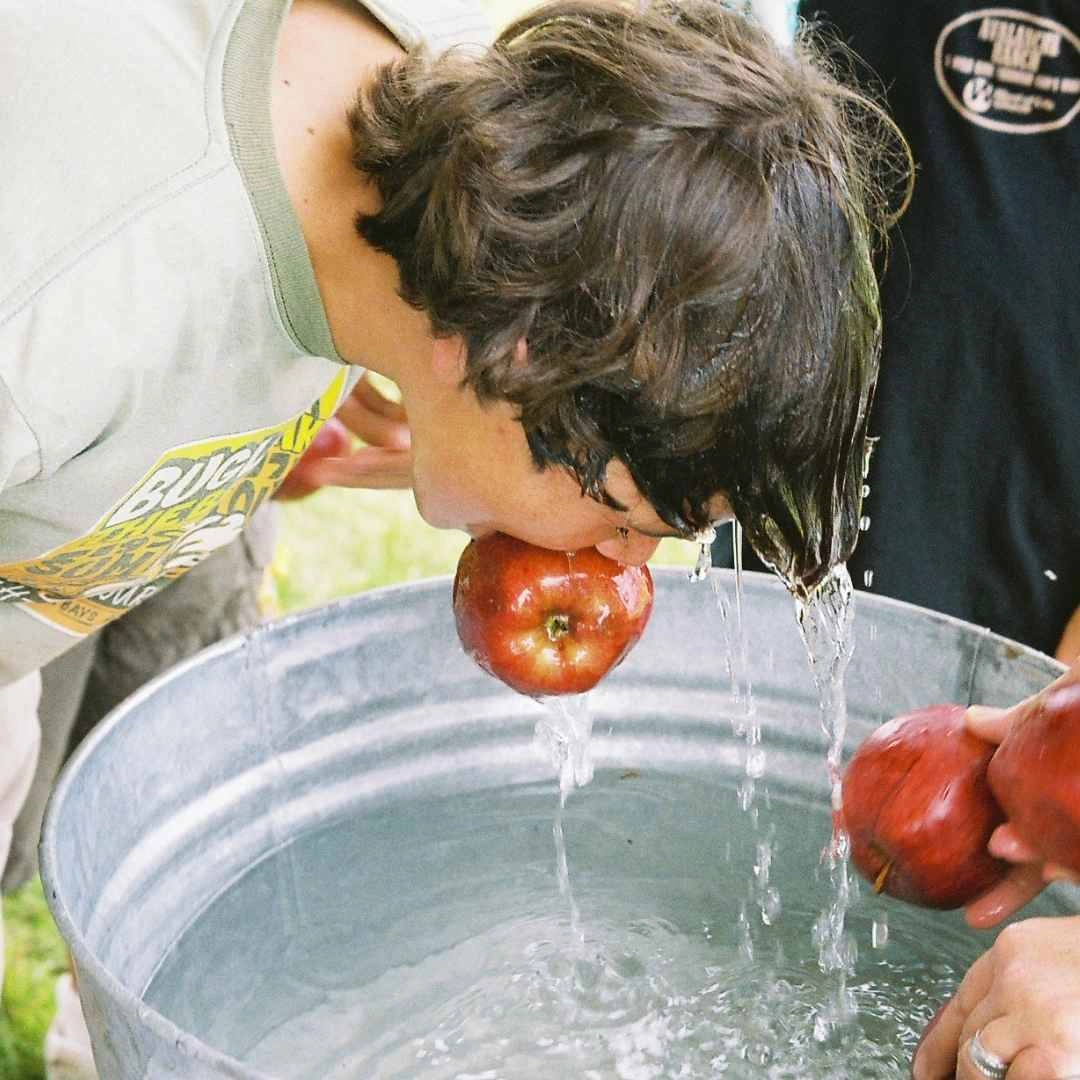
Young ladies in the nineteenth century had a great chance to meet men on Halloween. Therefore, this was somewhat considered superstitious.
2. Mirror-gazing
Mirror gazing was another common All Hallows Eve custom in which people sought to see their future selves by staring into a mirror.
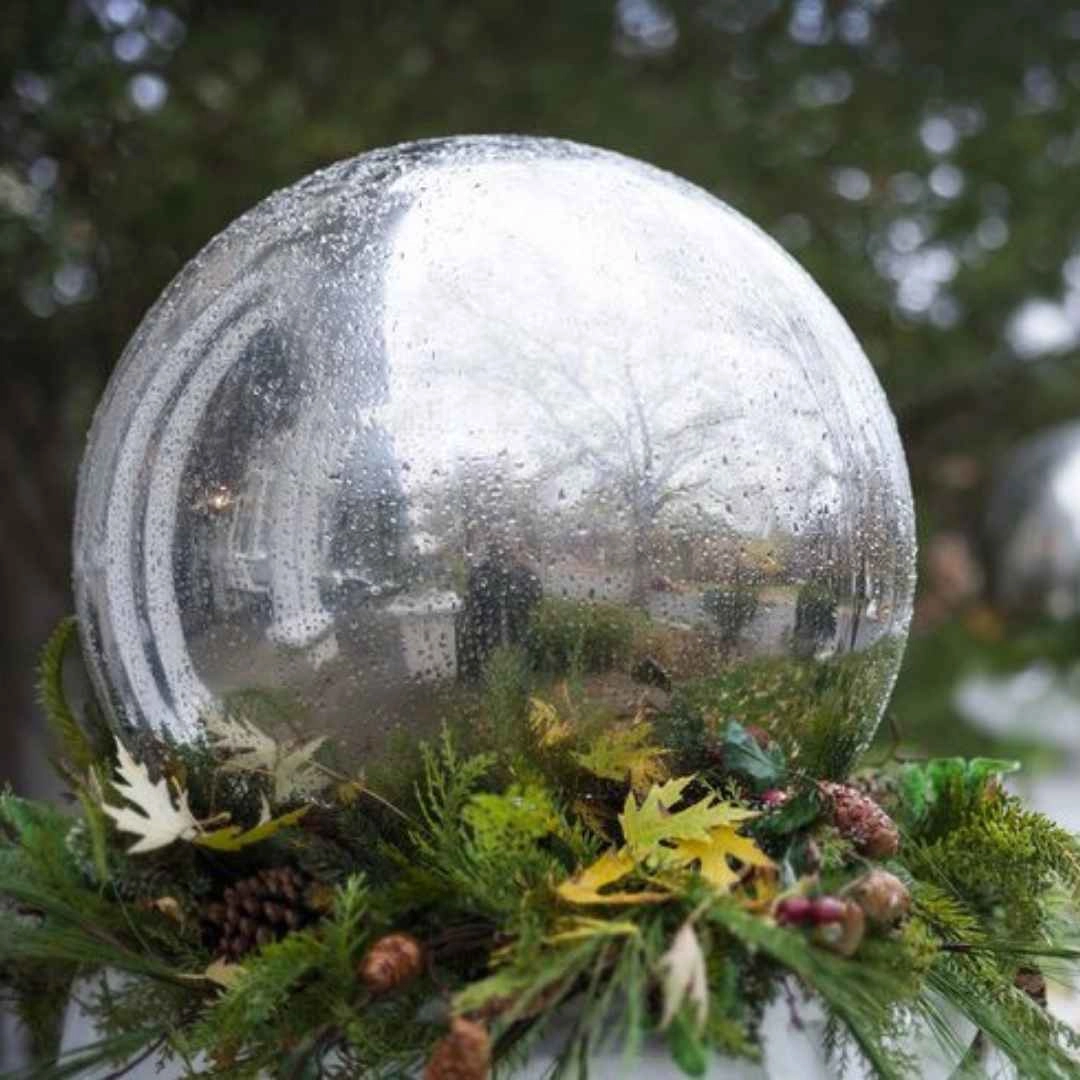
There are also claims that people from the older generations were given something resembling fortune cookies. The letters were written on pieces of paper in milk.
Then, they were wrapped and put into walnut shells. The shells were roasted over a stove. It turned the milk just the right shade of brown. Hence, the messages would magically show on the receiver's page.
3. Halloween
Costumes The first decade of the twentieth century saw some scary Halloween costumes. People frequently chose more gory, serious outfits than the pop culture-inspired ones of today.
Through their costumes, they wanted to protect themselves from the negative energies or wanted to connect with the dead.
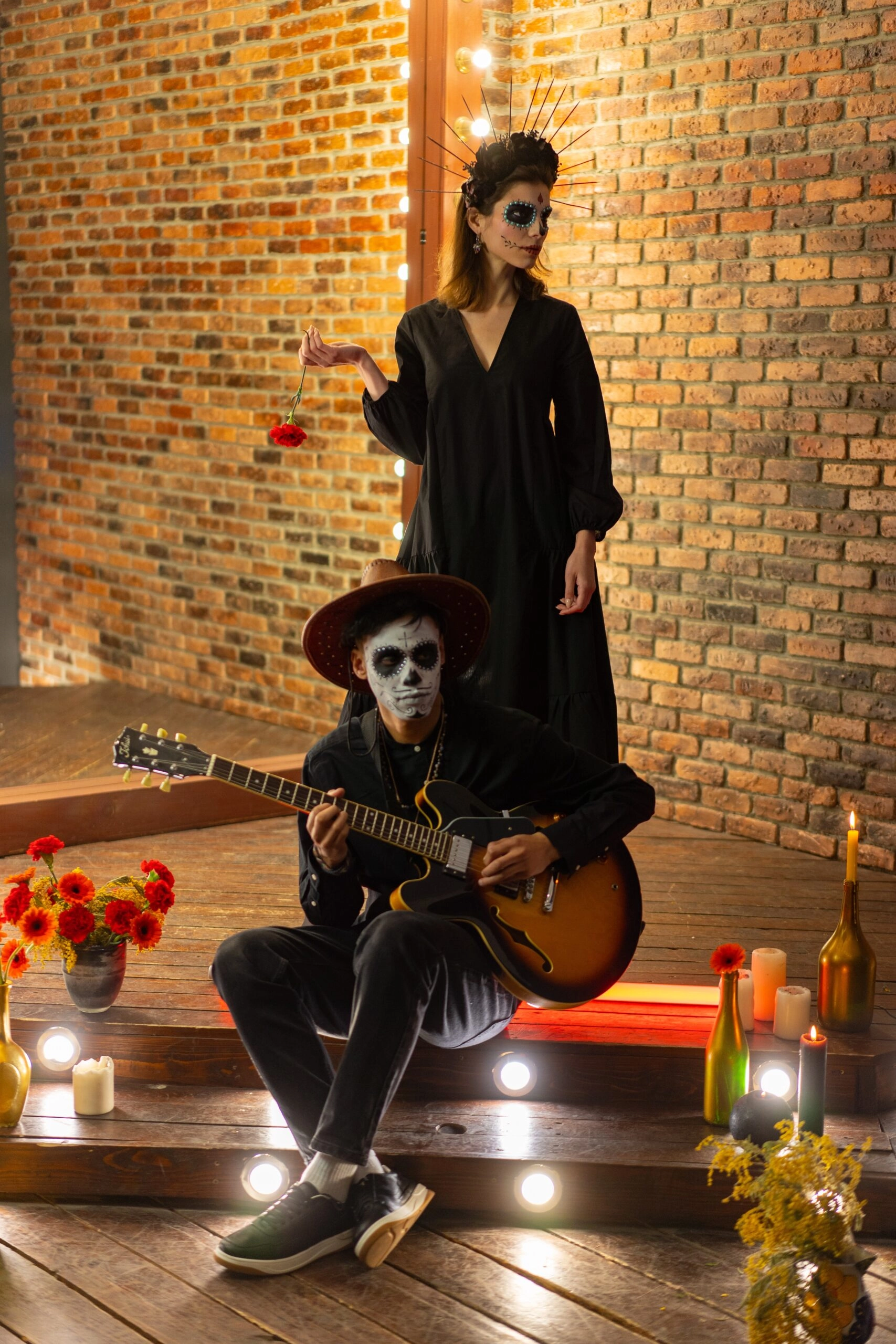
Lesley Bannatyne, a writer who has written about the historical past of Halloween, claims, "Before it evolved into the family-friendly, party occasion we know it as October 31st was deeply linked to ghosts and superstitions."
Halloween beliefs, customs, and clothing all made their way to America with the first generation of Irish and Scottish migrants in the eighteenth century. Nancy Deihl, a fashion historian, said, "People in rural America embraced its pagan roots.
Did you know that the Halpern Company started producing costumes based on fictitious characters like Popeye, Olive Oyl, Little Orphan Annie, and Mickey Mouse?
American Halloween costumes mainly reflected pop culture as every home started installing televisions. Therefore, many costumes were based on superheroes, comic book characters, and movie stars.
4. Trick-or-Treating
It was believed that many people would dress up as angels and sing or read poetry door to door. Additionally, kids would knock on doors and ask for "soul cakes," a dessert resembling cookies.
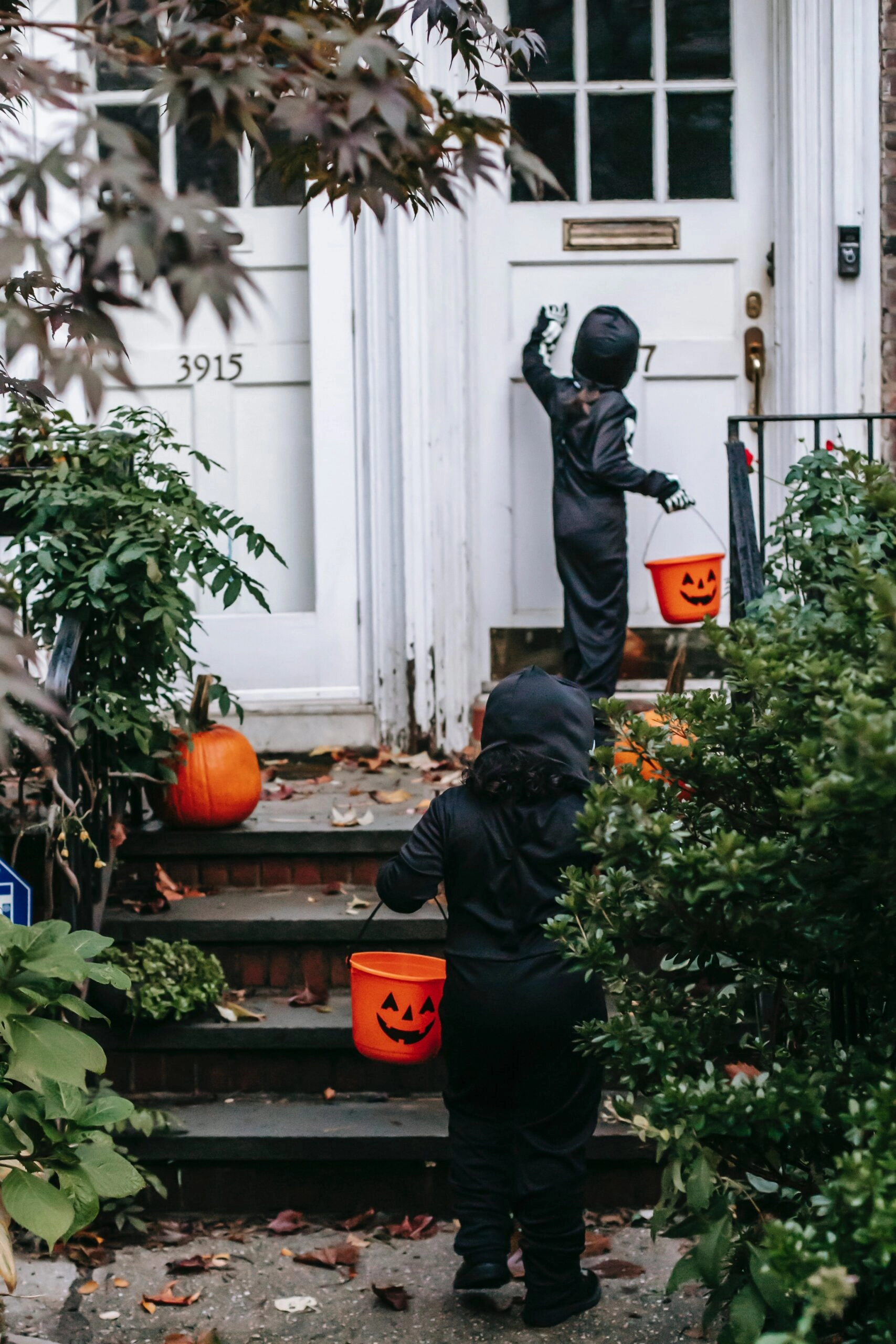
Did you know that soul cakes were originally part of the All Souls' Day festival on November 2nd? Soul Cakes later developed into trick-or-treating.
Therefore, they finally became a part of Halloween night. Parents would give them sweets in the early to mid-twentieth century to protect their kids from Christmas jokes, which helped spread the candy-grabbing idea.
5. Bats These days, a lot of people link
Halloween with bats. That association has ancient origins as well.

Druids drew insects, which lured bats in search of a delicious meal. Soon, different folktales about bats bringing death or misfortune began to circulate.
According to a legend from Nova Scotia, a male in the household will pass away when a bat enters a home. A lady in the house will die if it flies and attempts to escape.
6. Jack-o-Lantern
The iconic Halloween scene is a lighted jack-o-lantern placed in a window or on a balcony, creating a joyfully spooky atmosphere.
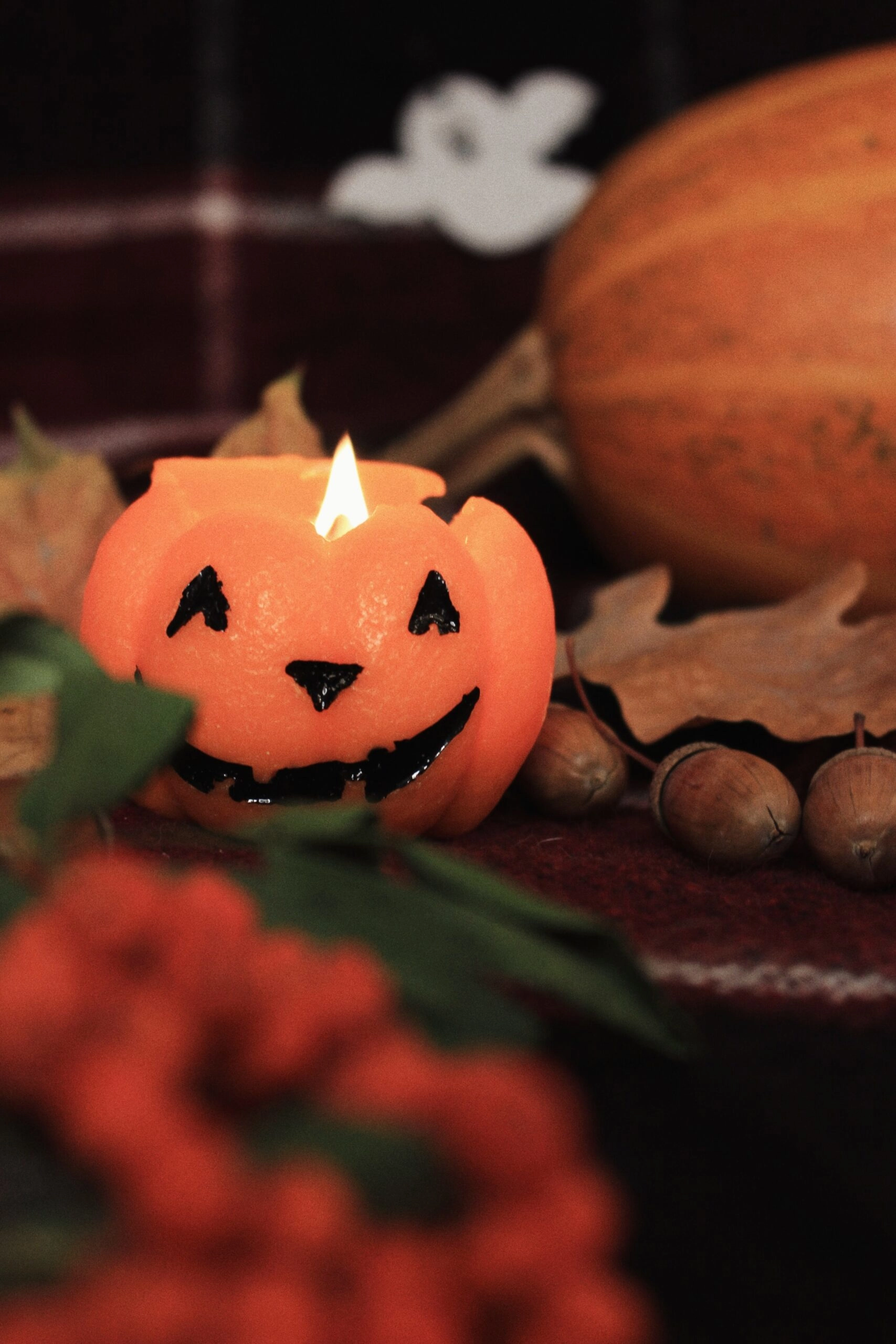
Nathan Mannion, "It's quite macabre, but it may have symbolized the severed heads of your enemies." The name "jack-o'-lantern" also has a long history and refers to humans as well.
Have you heard the story of Stingy Jack? Stingy Jack is a sketchy character who was frequently described as a blacksmith with love for trouble in the Irish legends from the eighteenth century. There are plenty of variations, but one narrative that keeps coming up is that Stingy Jack duped Satan twice.
Jack was denied entry to both paradise and hell after his death. However, Satan felt sorry for Jack and gave him a coal flame to light his turnip lantern as he journeyed between the Heaven and Hell forever. This led to the nickname Jack-of-the-Lantern or jack-o'-lantern.
Mannion adds, "It was also used as a cautionary tale, a morality tale, and if you behaved as he did, you could end up like that, too."
Conclusion
With games like designing costumes, trick-or-treating, sharing spooky stories, and munching candies, Halloween is now celebrated as a holiday packed with fun and enjoyment for children. However, Halloween isn't only for children.
This celebration is being enjoyed by adults as well. Who wouldn't want to attend a fancy dress party looking like your favorite superstar or a frightful creature? So celebrate this traditional event. Happy Halloween to you!
FAQs
1. Which city is the 'Halloween Capital of the World'?
Anoka, Minnesota brands itself as the 'Halloween Capital of the World.' It was called so because they were the first American communities to host a Halloween celebration that forbids trick-or-treating and other mischief.
2. Who is the demon of Halloween?
Samhain is considered the strong demon of Halloween. He could only be summoned by two strong witches, after three days of blood sacrifices, with the ultimate sacrifice taking place on the last harvest.
3. What is Halloween spiritually?
Halloween is a significant turning point in the calendar year, representing the rhythm of life, death, and rebirth. In celebration of the positive vibes, people relax and let go of their unpleasant emotions.
4. What is the name for fear of Halloween?
Halloween fear is known as samhainophobia. People with this particular phobia face anxiety whenever they think about or face anything related to Halloween. Many people who have samhainophobia have experienced terrible Halloween-related events in the past.

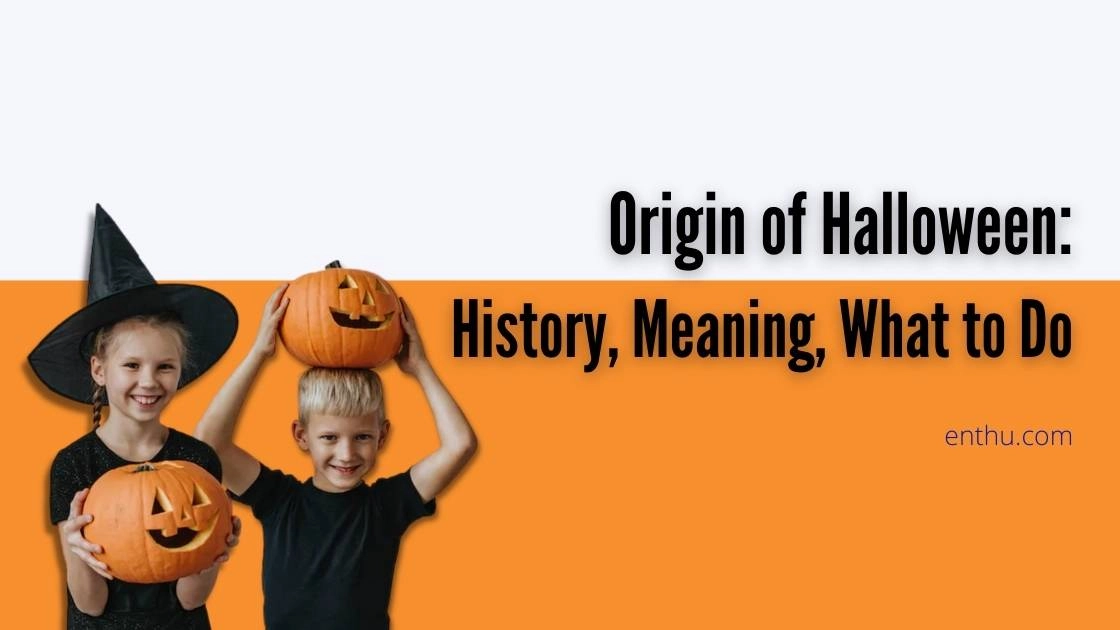
Comments